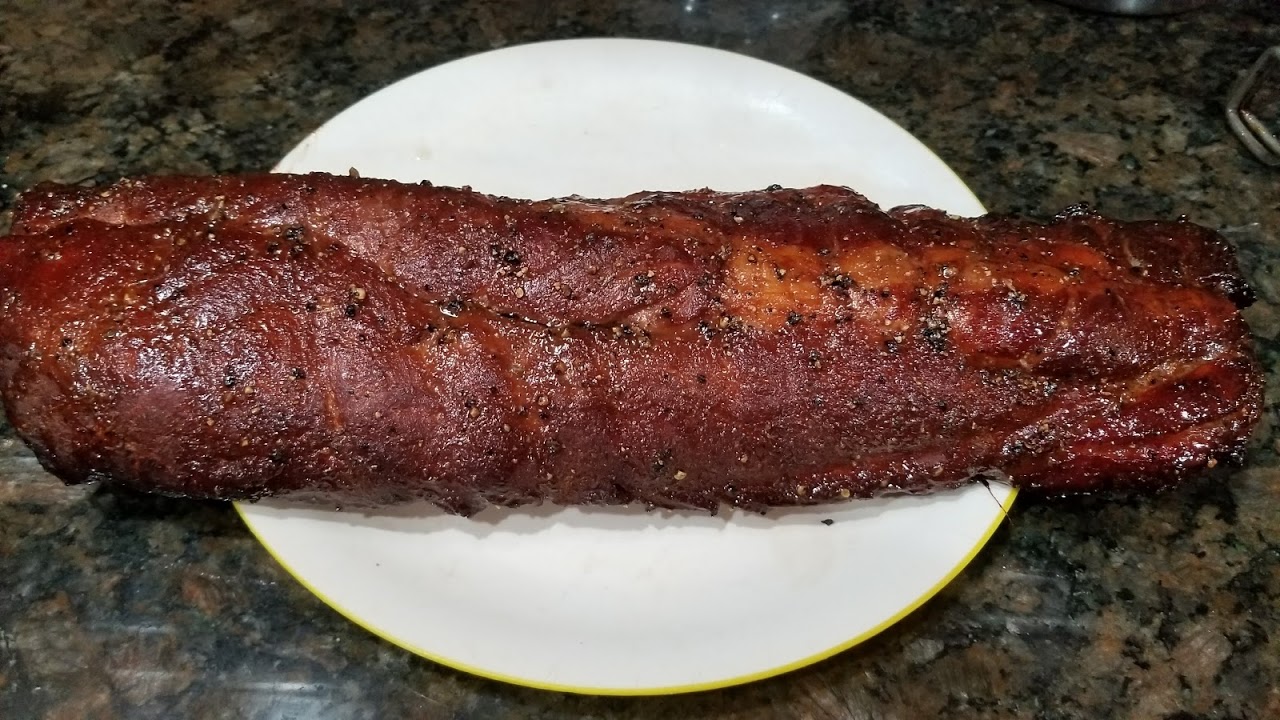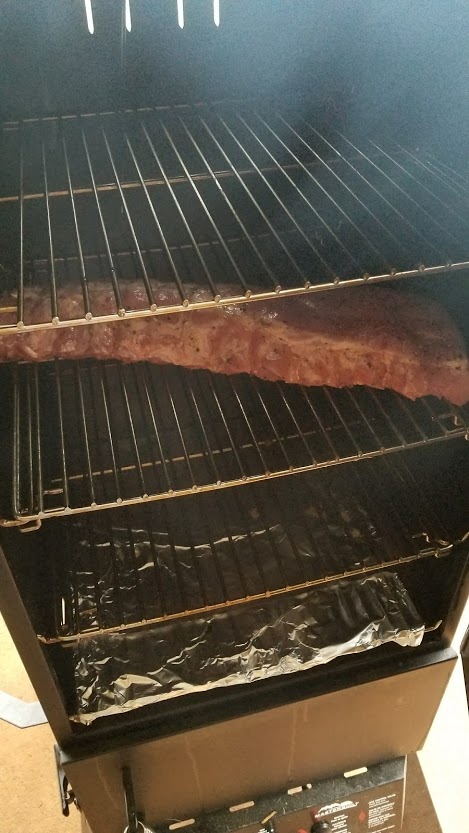Castilian "Lacquered" Pork Ribs
Costillar de Cerdo Lacado
From Culinaria Spain:
Roasted pork is integral to the cuisine of Castillian Spain, and there are many ways to enjoy it. This recipe, from the book, Culinaria Spain, is a modern take on the ancient Iberian tradition of roasting a pig over an open fire.
Simple foods are often the best; it has been proven time and again, and if you haven't learned this already, then now's the time! You will need:
Honey
Red wine vinegar
Salt
Pepper
That's it. Four simple, readily-available ingredients. When I made these ribs, I tried a twist introduced by a friend a long time ago, so I had 5 ingredients:
The balsamic is not required for thsi recipe, and is not a quintessential ingredient of Spain, but I wanted to use it in order to experience these ribs as my friend had enjoyed them, so I did. In the future, I'll stick the the four ingredients, experimenting with different honeys and vinegars, as I can; one spin-off that I would like to try is in replacing the wine vinegar with apple cider vinegar, which is commonly found in northern Spain's Asturias province.
Anyway, as I said, this is easy - incredibly easy. I started with a couple of teaspoons each of sea salt and freshly-cracked black pepper:
The ratio of honey to vinegar is 3 to 1; for instance, if you use 6 tablespoons of honey, then you need 2 tablespoons of vinegar. Since I had a lot of pork to cook, I used 3 tablespoons of each vinegar (for a total of 6 tablspoons, equivalent to half a cup):
Next, I turned my attention to the honey that I had chosen; the recipe specifies "runny acacia or woodland honey," but since I live in the middle of nowhere, I used this:
We actually have two local apiaries, and the next time I try this, I will use some raw honey from one of those sources.
Keeping to the ratio described above, I added 1.5 (equivalent to 18 tablespoons) cups of honey to the seasoned vinegars:
And stirred everything together:
This resulted in a wonderful concoction that promised to take my ribs to a whole new level!
Marinating the ribs is not necessary; a simple shake of salt and pepper - perhaps with the addition of a little pimentón de la Vera - is all that is needed. Having said that, I decided to let the ribs take in the flavours for a couple of hours, just because that's how I'd seen them done before. With this in mind, I poured the lacado mixture into a roasting pan, gave the ribs a modest dusting of salt and pepper, and then brushed the lacado mixture onto the surface:
I then turned the ribs face-down into the bottom of a roasting pan, dusted the bone side with a little salt and pepper, and brushed some of the lacado mixture on that side as well:
Once again, this is not necessary, but it certainly doesn't hurt a bit.
While the ribs soaked up the vinegars and honey for a couple of hours, I got ready for my barbecue. I brushed some yellow mustard onto some country-style ribs and dusted them with a standard barbecue rub; once that was done, I set up and lit my offset smoker, bringing it to a nice running temperature in the neighbourhood of 250 degrees. When everything was ready, I tossed all the pork onto the grates and began my cooking:
After a couple of hours, things were coming along nicely, so I began "painting" the lacado mixture on my ribs; first the bone-side:
And then the top:
I said it before and will say it again: simple is the way to go, and nothing elaborate is needed in order to produce beautiful, juicy, tender barbecue ribs that taste like a million dollars. You can be complicated if you want to, and have some very wonderful things - I've done it many times myself - but it's not necessary all the time, and this experience was proving exactly that.
I kept brushing and flipping and brushing the ribs every hour or so, whenever I added hickory or charcoal to the firebox of the smoker. It wasn't long before the ribs started to take on a beautiful shine and develop some deep, rich colour:
As you can see, I also brushed the lacado mixture onto the CSRs as well.
About three hours into the cook, I moved the ribs over closer to the heat:
The idea here was to allow the lacado mixture to glaze on in thin layers, allowing it to really earn its reputation as it "lacquered" the ribs:
Whaddaya think? I think they're coming along nicely, myself:
By the time the ribs were just about ready, the lacado and the heat had done their work beautifully, creating a wonderful, crackling shine on the ribs:
Between the lacado, the sweet hickory smoke and the pork itself, the aromas wafting up from the grates were enough to really bring out the carnivore in almost anyone:
When the everythng was ready, I brought it all in; first the CSRs:
And then the ribs:
I couldn't really stop myself - I took another picture:
And another:
The family couldn't stand it any longer, so I cut the ribs into sections and tossed them into the pit to be devoured. As you can see, there was - in addition to everything else - wonderful smoke penetration:
The taste was incredible. The smoked pork was just about perfect, with a savory, beautiful "bacon on a stick" flavour that comes from a really good barbecue. This was enhanced by the sweet/sour flavour and the crackling sheen of the lacado. A home-run all-around. This little trip to Castillian Spain was a nice way to enjoy a Sunday afternoon on a sunny spring day.
Hopefully, I've made it clear with this pictorial that simple can often be the way to go, and - if done right - will provide some very wonderful barbecue. Four ingredinets. You all have them in your kitchen or pantry. Try this, and you won't be sorry.





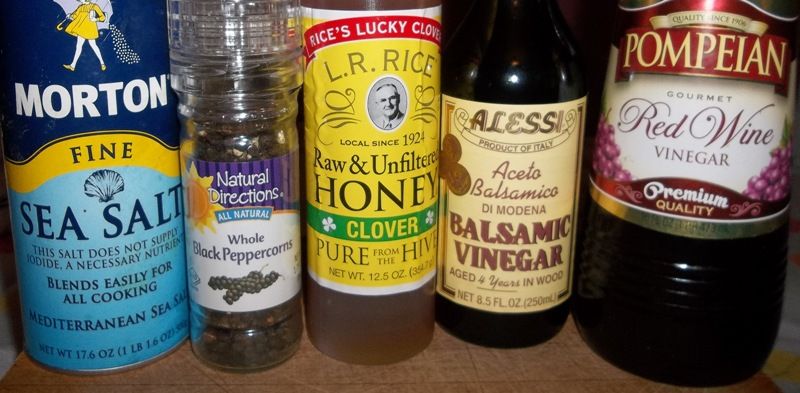
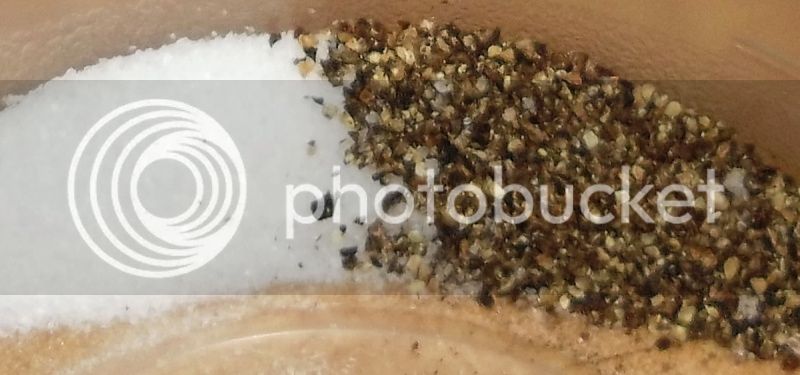
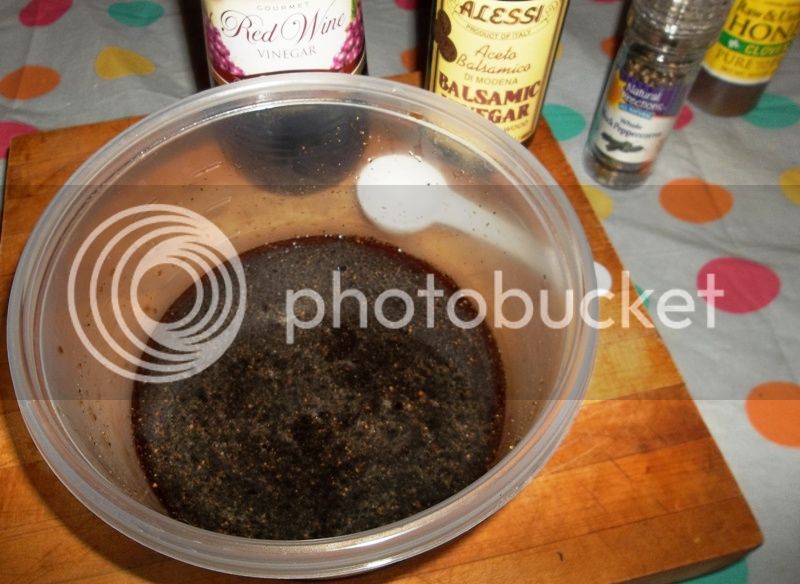

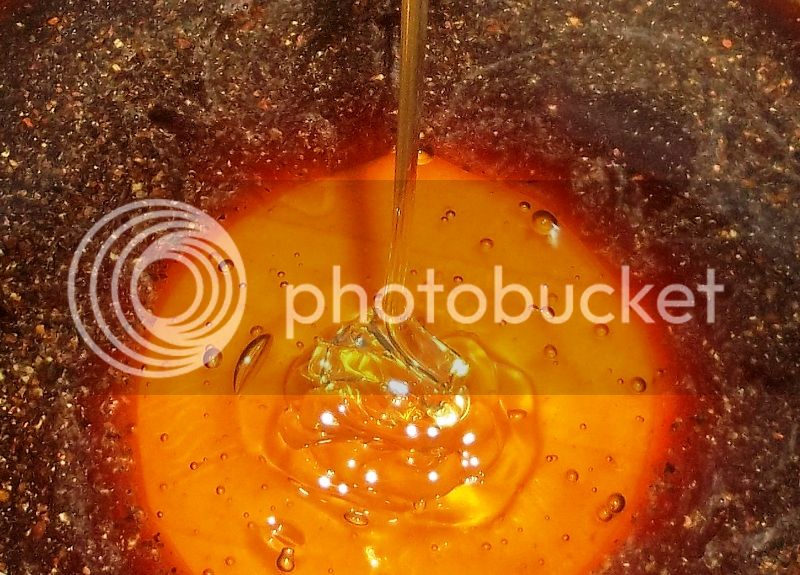
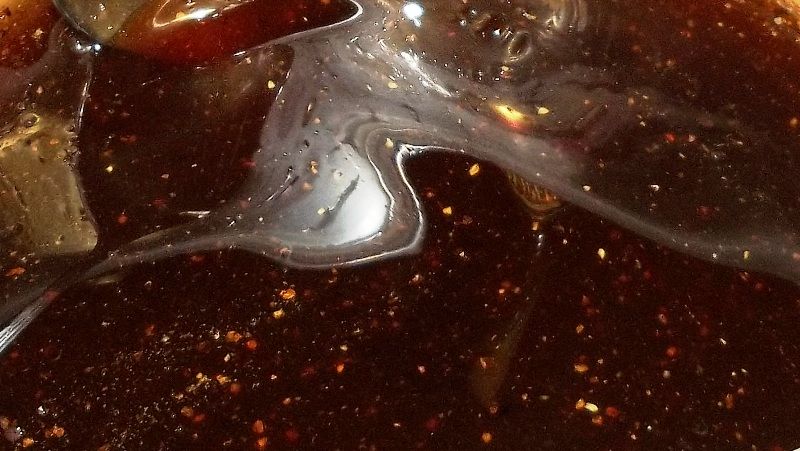


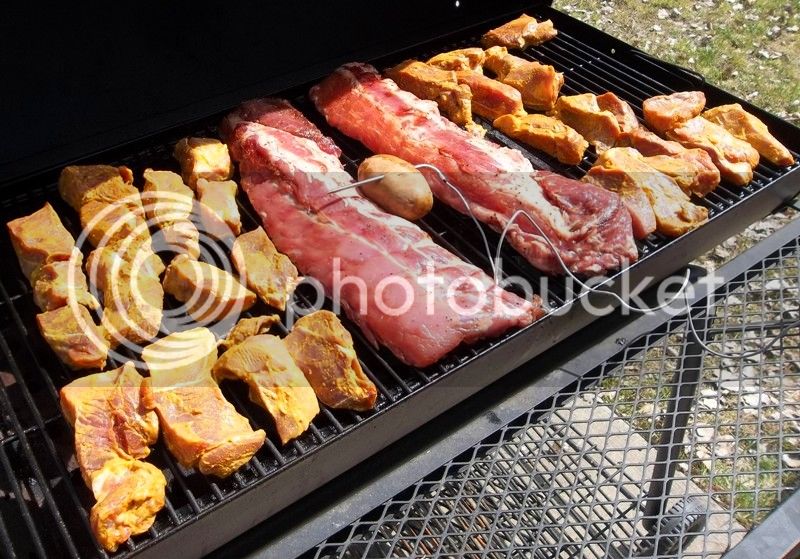
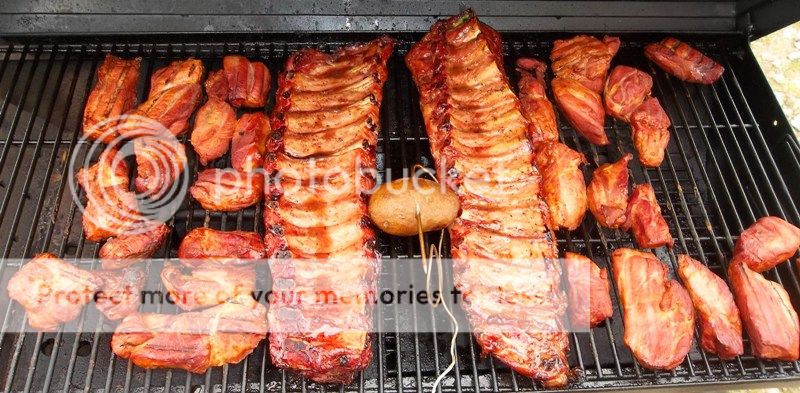
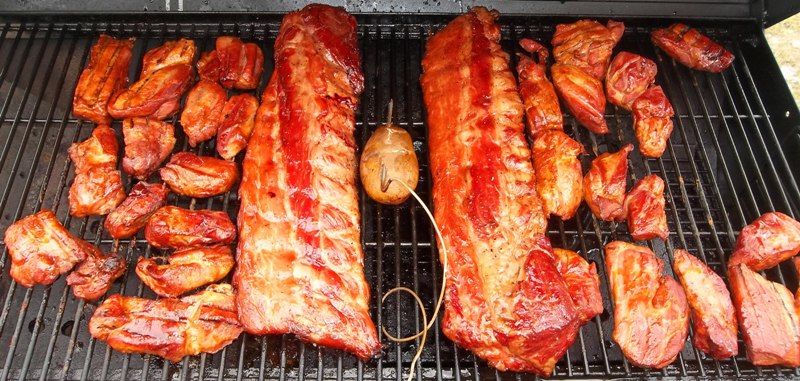
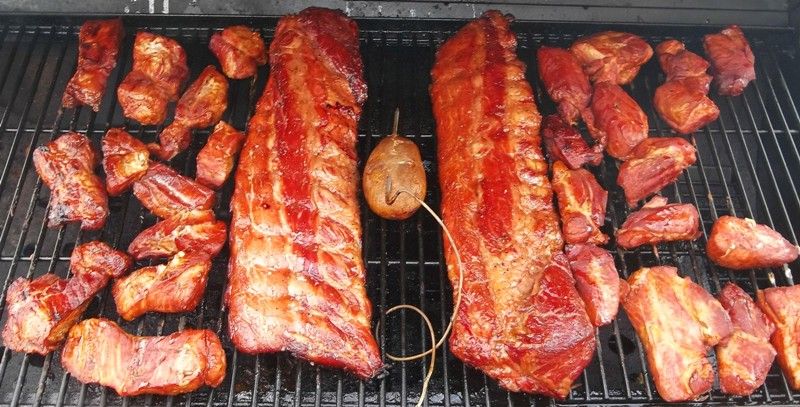
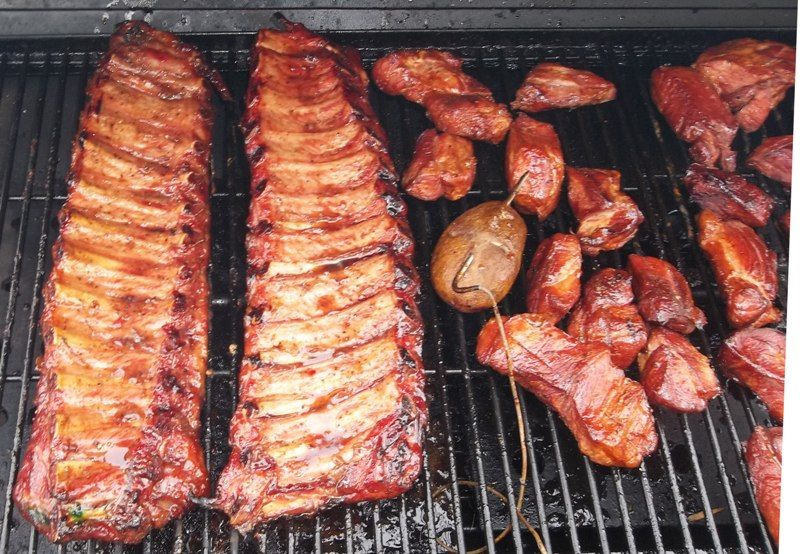
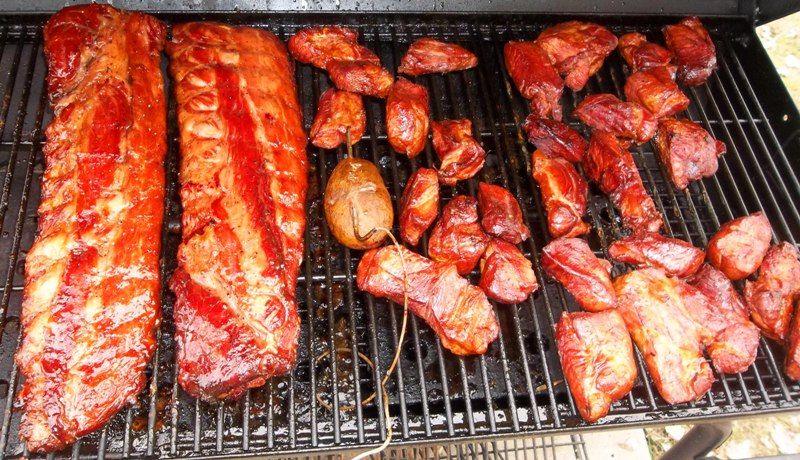
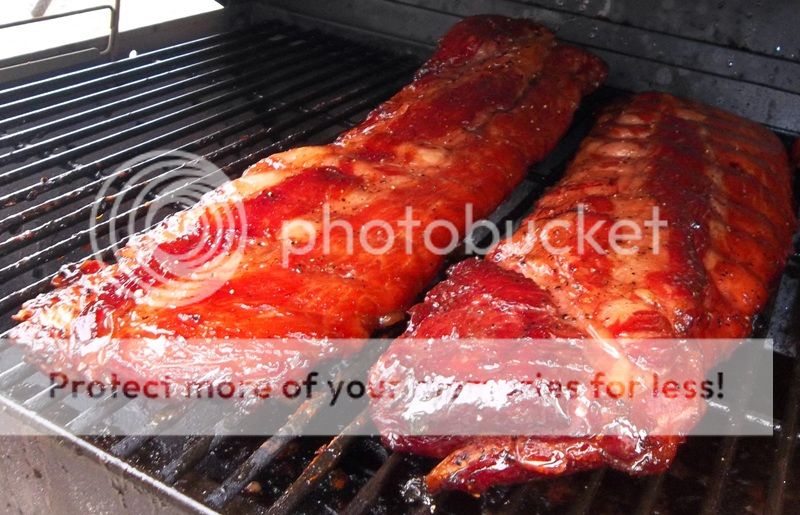
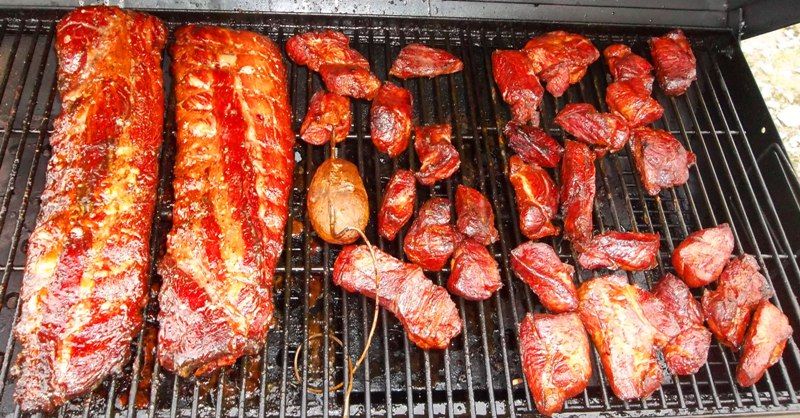
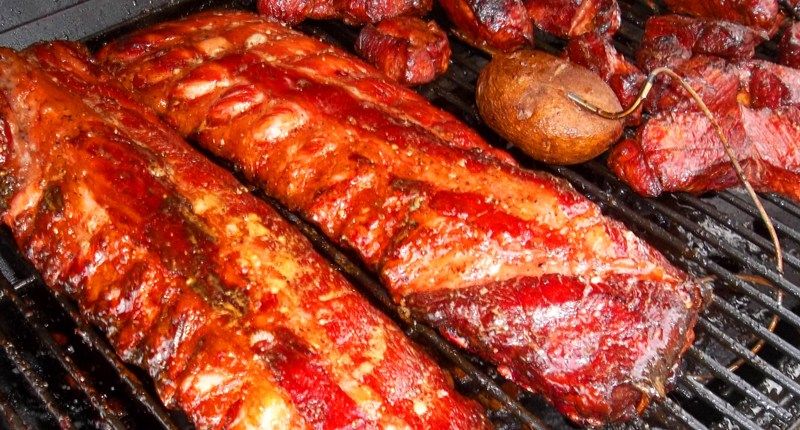
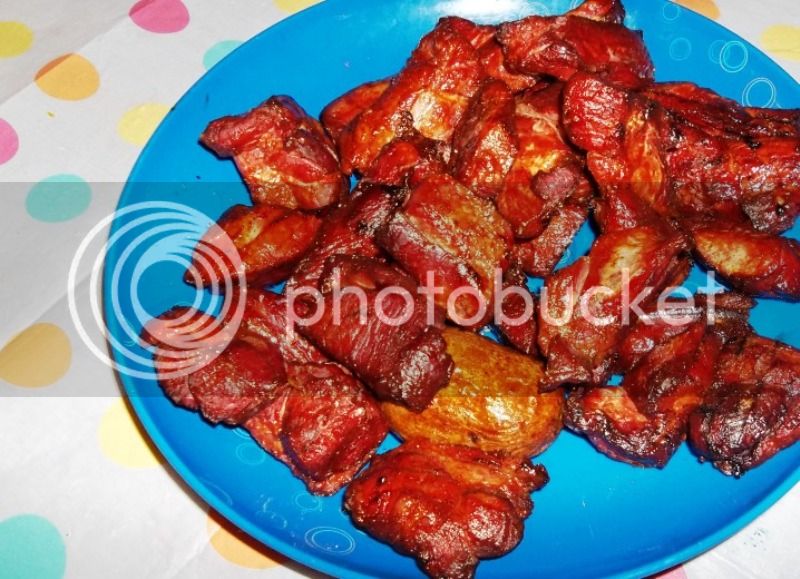
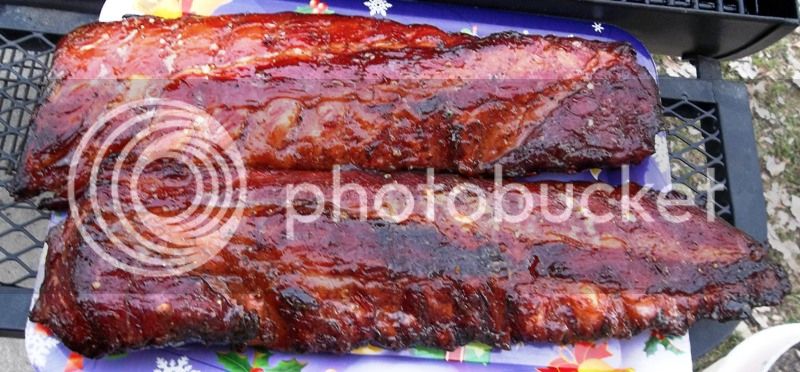
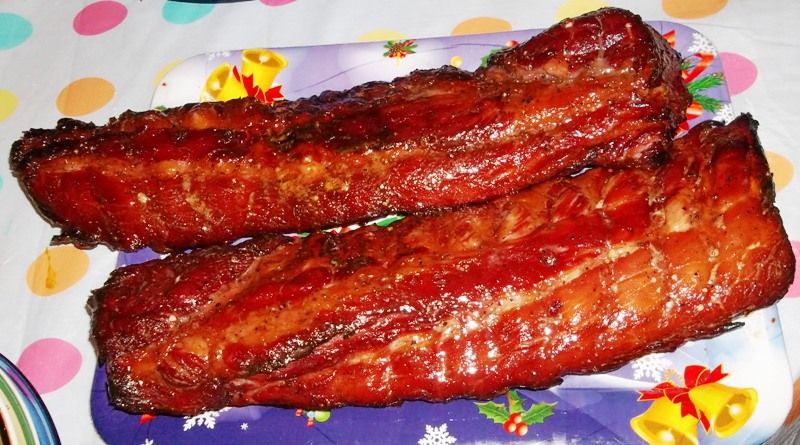
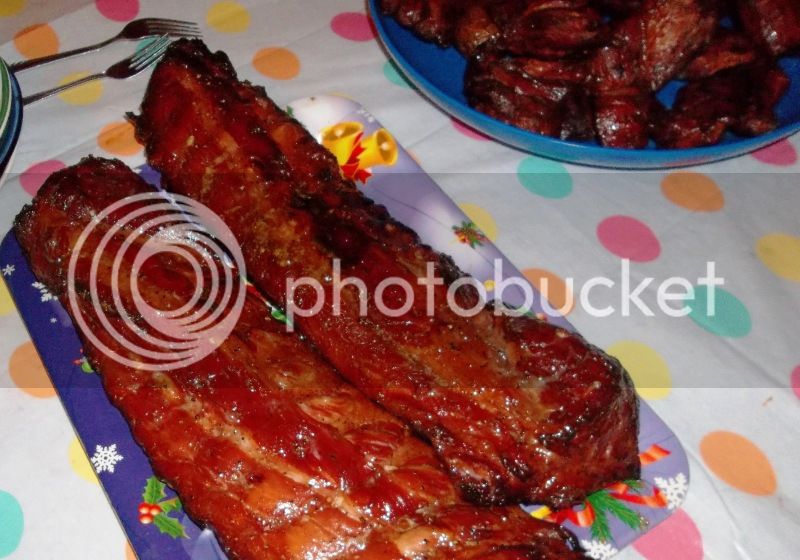
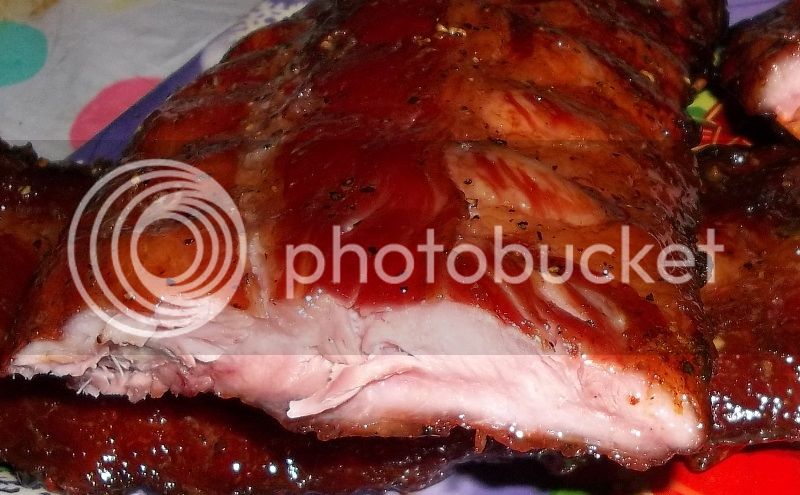
























































![Craft A Brew - Safale S-04 Dry Yeast - Fermentis - English Ale Dry Yeast - For English and American Ales and Hard Apple Ciders - Ingredients for Home Brewing - Beer Making Supplies - [1 Pack]](https://m.media-amazon.com/images/I/41fVGNh6JfL._SL500_.jpg)

